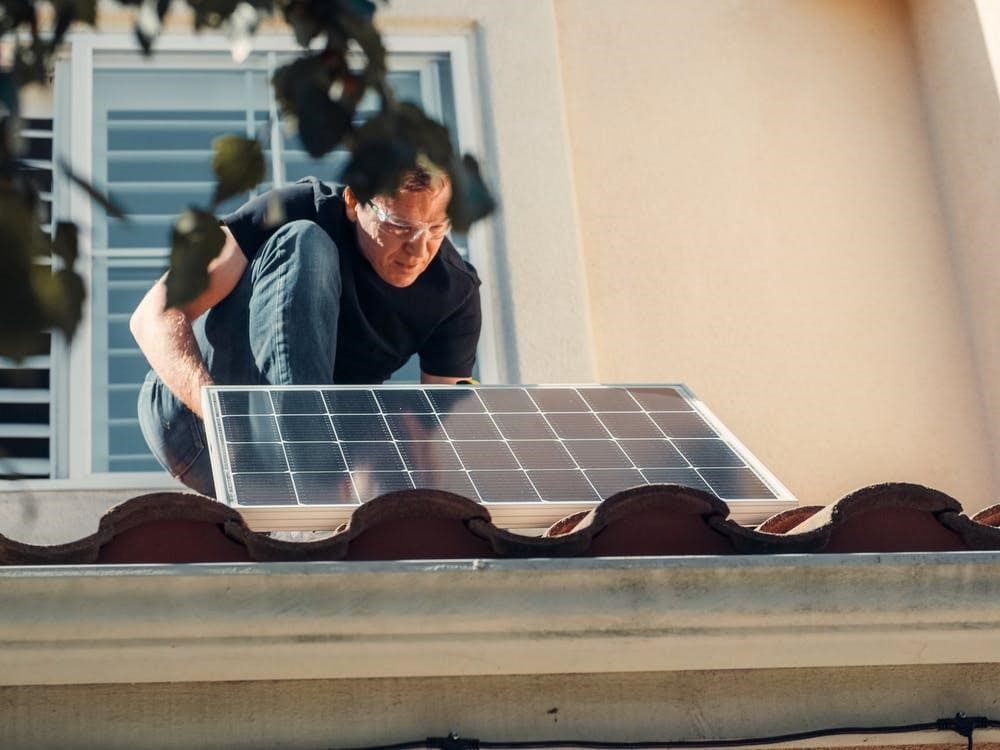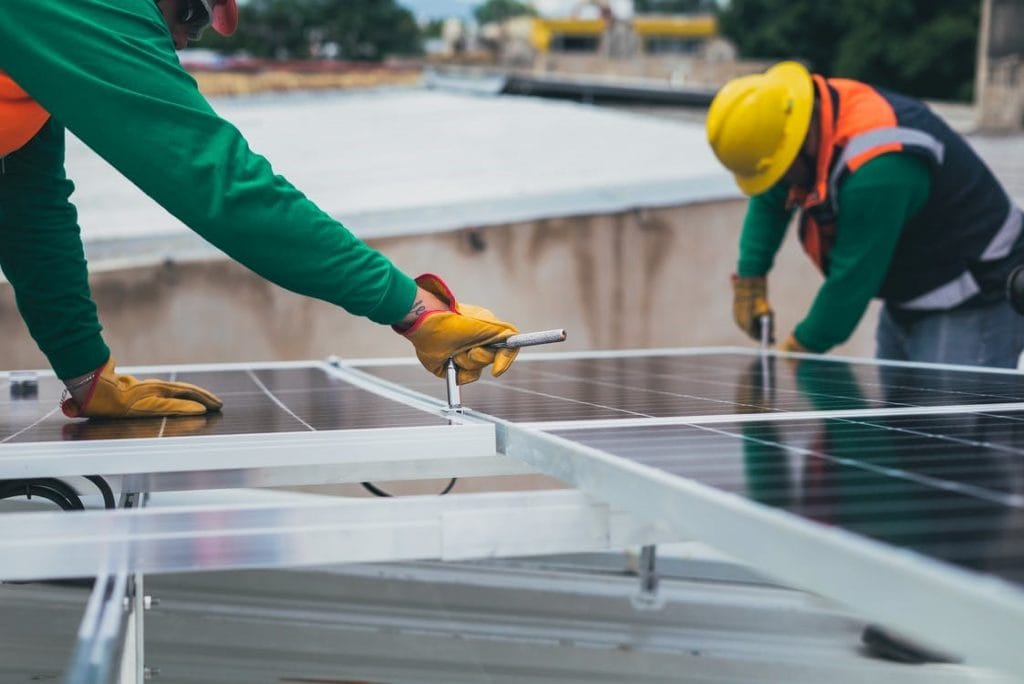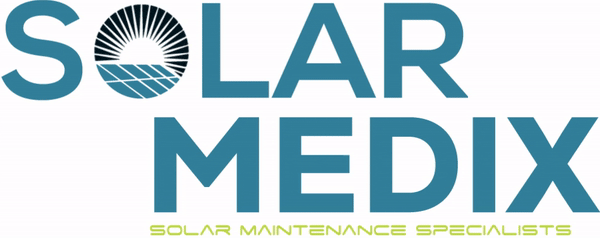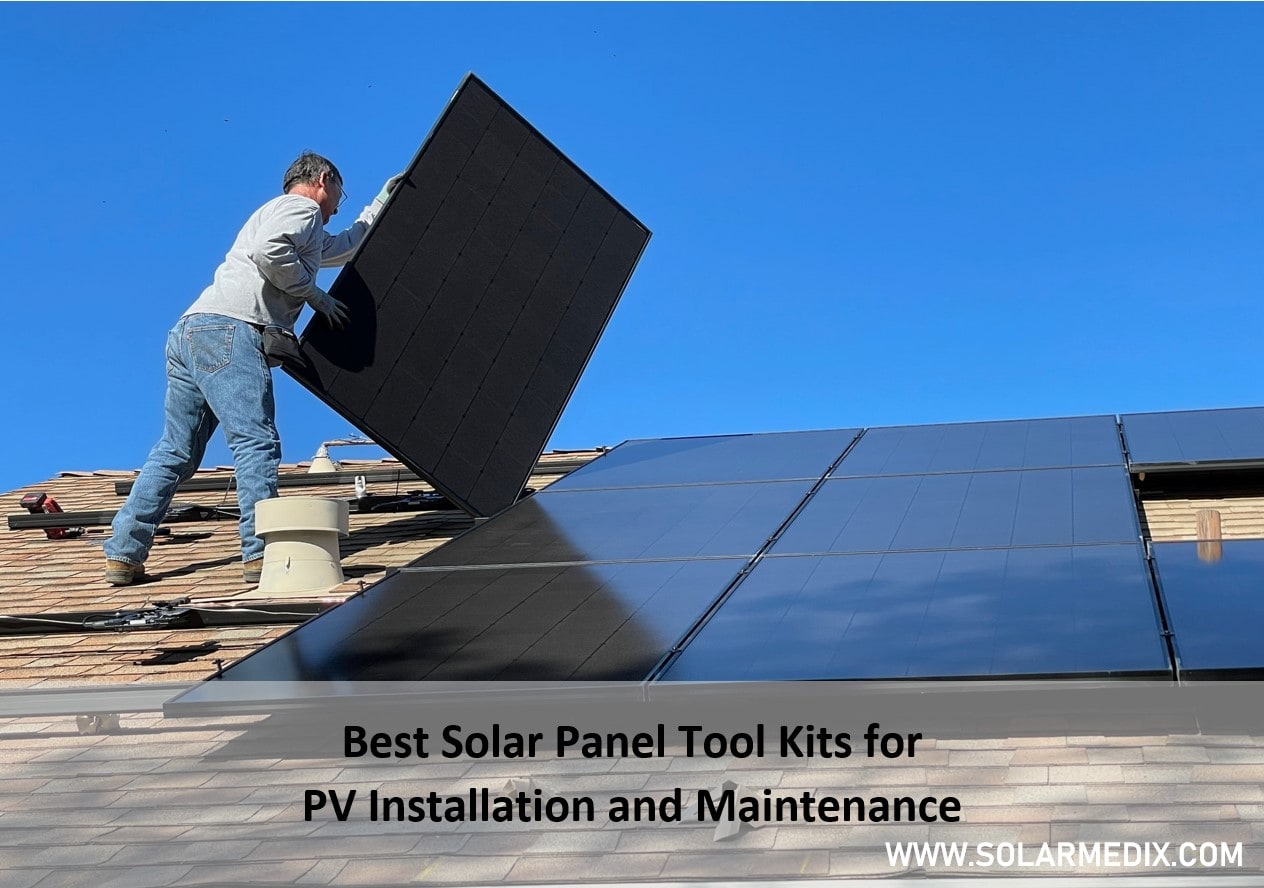As the cost of grid-supplied electricity continues to surge in New York and New Jersey, more residents have shifted over to solar. While the cost of solar panels in New York and New Jersey has substantially reduced over the past few years, these systems are still quite expensive for the average homeowner.
As a result, an increasing number of homeowners in New York and New Jersey resort to DIY solar panel installation and maintenance. However, it is impossible to perform a DIY installation or repair without having the proper solar panel tool kit. This article will walk you through a list of all the important tools that your solar panel tool kit must have.
Solar Panel Tool Kit – What Tools Do You Need?
Digital Multimeter
A digital multimeter is one of the most frequently used instruments for the installation and maintenance of solar panels in New York. It is, therefore, also one of the most important instruments that a solar installer carries.
As we know, solar panels contain an array of solar cells within them which convert the incident solar radiation to electricity. The digital multimeter allows the user to measure the output of each solar panel in your system individually and ensure that each solar PV cell in your panels is functioning properly. This tool combines the testing capability of a voltmeter, Ohmmeter, and ammeter.
This makes the tool excellent for analyzing diagnostics, troubleshooting, and validating solar panel repairs making it a must-have for all solar panel installation and maintenance operations.
Hacksaw
Hacksaw is one of the more common tools required for the installation of solar panels in New Jersey and New York. Almost all homeowners in the United States have this tool laying around in their toolbox or tool shed.
Why do you need a hacksaw you wonder? When installing solar panels, the panels, in most cases, are laid on top of a network of railings and not directly on the roof surface. This requires the installer to first saw off the railings to make them the proper length so that they can fit onto your roof space and accommodate your solar system.
Hacksaws are affordable and readily available tools and so, even if you don’t have one, you can easily get one from your local hardware shop. This tool will also come in handy for your future DIY Project.
Drill Machine
Standard solar panel installation procedures involve drilling holes into your roof. This is done to secure the mounting equipment to the roof so that it can safely and firmly hold your solar panels in place. Needless to say, you’ll need a drill machine to drill holes into your roof.
A drill machine is another common tool that most homeowners tend to have in their homes. However, if you have a wired drill, we would recommend switching it out for a cordless one. This is because a cordless drill machine is safer and more efficient for roof work since it offers greater mobility and freedom of movement. This can make the installation easier while reducing the risk of falling off the roof.
It’s worth noting that there are also ways to entrench the mounting to your roof without drilling holes. Some third-party manufacturers have invented specialized mounting equipment that allows you to secure the mounts to your roof without drilling holes. This is a great option for homeowners who are worried about roof leakages or voiding their roof warranty.
You should, however, know that in most cases, standard solar panel installations don’t void the roof warranty or result in roof leakages unless the installation was done poorly and incorrectly.
Flat Pry Bar
The flat pry bar is one of the less popular but extremely useful equipment for installing solar panels. You’ll need this tool to slip the flashing beneath the shingles since a majority of roofs in New York and New Jersey are made from shingles.
Always put the mounts just below the shingles or directly on the roof. You will first have to lift the shingle at the spot where you want to fix the mounting. Then, you’ll have to slip in the flashing followed by fastening the mounts to the roof with screws. Finally, you can add the rails.
A flat pry bar will also be very useful for detaching your solar panels and mounting equipment in case you want to relocate your system or repair some part of the mounting equipment.
Caulk Gun

A major part of installing solar panels is fixing the mounts and rails to your roof. This requires you to remove some of your roof shingles and drill numerous holes into the roof at different points where the mounting and railing will be screwed to the roof. If the mounts and railing are screwed to the roof without sealing the holes, this will lead to leakages on the roof as well as the formation of cracks.
That is why a caulking gun is required to fill the holes with roofing caulk before screwing in the mounts and railing. The caulk tightly seals off the holes and prevents any water from seeping through. The caulking gun allows you to safely and properly apply the caulk without leaving out any openings.
Manually applying the caulk can lead to improper filling and errors, which in turn will damage the ceiling and lead to roof leakages.
Conduit Bender
Conduit benders are yet another essential piece of equipment that you need to have in your solar panel tool kit. Conduit benders are used to bend the protective conduits for your electrical wiring at various angles. This can be very useful when you want to run the electrical wiring for your solar panels along angles and bends, which usually is the case for the installation of solar panels in New York and New Jersey.
Speaking of conduits, EMT conduits are the most preferred type for electrical wiring since they offer excellent mechanical protection as well as shielding from electromagnetic interference. The best part is that these conduits are also 100% recyclable making your solar system even more environmentally friendly.
Wire Cutter/Stripper
If you’re thinking of wiring your solar panels yourself instead of hiring an electrician, you’ll surely need a wire stripper, also called a wire cutter. This tool is essential for stripping the extra insulation off of your electrical wire ends and properly connecting them to the different components such as the panels, battery, or inverter.
This tool will also come in handy if you ever find the need to replace some of the existing wirings of your solar panels in New Jersey or New York. It’s worth knowing, however, that laying the wiring network of a solar panel system is a complicated task and one that requires field experience and knowledge to get it right.
That is why you should enlist the help of a professional such as Solar Medix. Seeing as how finding good solar companies in New York is as easy as searching for “Solar installers near me,” we don’t see why you’d want to take up such a complicated task on yourself.
Screwdrivers
It should come as no surprise that screwdrivers are one of the essential tools required for solar panel maintenance and installation. This is because screws are one of the core components that hold your mounts, rails, and solar panels in place and prevent them from moving or shifting around. In addition, screwdrivers are also important to fasten the electrical wiring to the different components involved in a solar panel system.
Naturally, screwdrivers are required to fit in the screws. Screwdrivers are also vital for undoing the screws if you ever want to detach your solar panels in New York or New Jersey in order to repair them or your roof.
While screwdrivers are very common tools, it is important to have the right-sized screwdrivers that match the sizes of the different screws that go into a solar panel system.
Angle Finder
Angle finder, also known as an angle gauge, is a very useful tool that helps measure the angles of a surface as well as replicate angles of different surfaces. The position and orientation of solar panels largely impact their performance. A solar panel system only delivers maximum performance when it has been positioned at a specific angle and direction, both of which tend to change with location.
That is why an angle finder is critically important for making sure that your solar panels in New Jersey or New York are oriented in the position that facilitates optimal performance in these two areas. Using this instrument, however, requires expertise and knowledge, the lack of which will result in you incorrectly positioning your panels.
This means that your solar system won’t be able to deliver peak performance and that you won’t be able to fully benefit from your solar system. This is why it is better for you to have your system installed by one of the best solar companies in New York instead of opting for a DIY installation.
Tape Measure
Making sure that the solar panels are level on the roof and measuring how many panels your roof can fit is one of the most challenging parts of a solar panel installation for any novice solar installer. A tape measure is one of the most useful tools for figuring out how many panels your roof can support as well as ensuring that your panels are laid flat with the roof.
The tape measure will also help you determine and mark the location where you’ll install the mounting and railings. In a nutshell, a tape measure is a vital tool for designing your solar panel system as well as properly installing it.
Is a Solar Panel Tool Kit Enough for Installing or Repairing Your Solar Panel System?

While a solar panel tool kit can equip you with all the necessary tools, it cannot provide you with the technical know-how required to properly use the tools. Solar panels are delicate and complex systems and as such, the installation has to be done perfectly right down to the nail.
Even the slightest mishandling or misalignment during installation can significantly diminish the performance of your system, damage the solar panels, or both.
Furthermore, a solar panel tool kit doesn’t usually come with safety gear such as harnesses, ropes, gloves, safety glasses, etc. When installing or repairing solar panels, it’s pretty easy to lose your balance on the roof or miss your step while climbing up the ladder and consequently fall down. Without all this necessary safety gear, a DIY installation or maintenance puts you at risk of injuring yourself as well as your solar equipment.
Not to forget, you’ll also have to haul up all that hefty solar equipment onto your roof which just adds to the risk of the entire process. Moreover, with a DIY job, you also risk damaging your roof and voiding your roof warranty. This is because the roof warranties by most roofing companies are bound by the condition that only licensed and certified professionals can work on the roof.
The lack of knowledge and expertise of a layperson also means that it is very likely for them to misdiagnose a problem with their solar panels and end up wasting money on solutions and repairs that aren’t even required.
Frequently Asked Questions (FAQs)
What Tools Does a Solar Electrician Need?
Some of the most common tools a solar electrician needs include:
- Angle finder
- Fish tape
- Unibit and multiple drill bits
- Torpedo level
- Cordless drill
- Chalk line
- Multiple batteries
- Hole saw
Can I Do My Own Solar Installation?
While a DIY solar panel installation is certainly possible, it is not recommended. This is because, with a DIY installation, you bear the risk of damaging the solar panels, injuring yourself, and voiding your roof warranty along with many other problems.
What Components Do I Need for a Solar System?
A solar panel system consists of four main components which are:
- Solar panels
- Charge controller
- Inverter
- Battery
Is Installing Solar Panels Hard?
There are various intricacies involved with the installation of solar panels. And so, while solar panel installation is not necessarily difficult, it is quite complex and therefore, better left to the professionals.
Ultimately, it’s more cost-effective, easier, and safer to have a team of professionals do it for you. Our team at SolarMedix.com has served the New York and New Jersey region for over 19 years. We’ve completed nearly 6,000 projects. Put that experience to work for you.
Feel free to reach out to us if you have any questions. Or, if you like, we can give you a no-obligation quote on your project. Call us at 732-785-4814 or book a consultation online. And we’ll get in touch within 24 hours.













